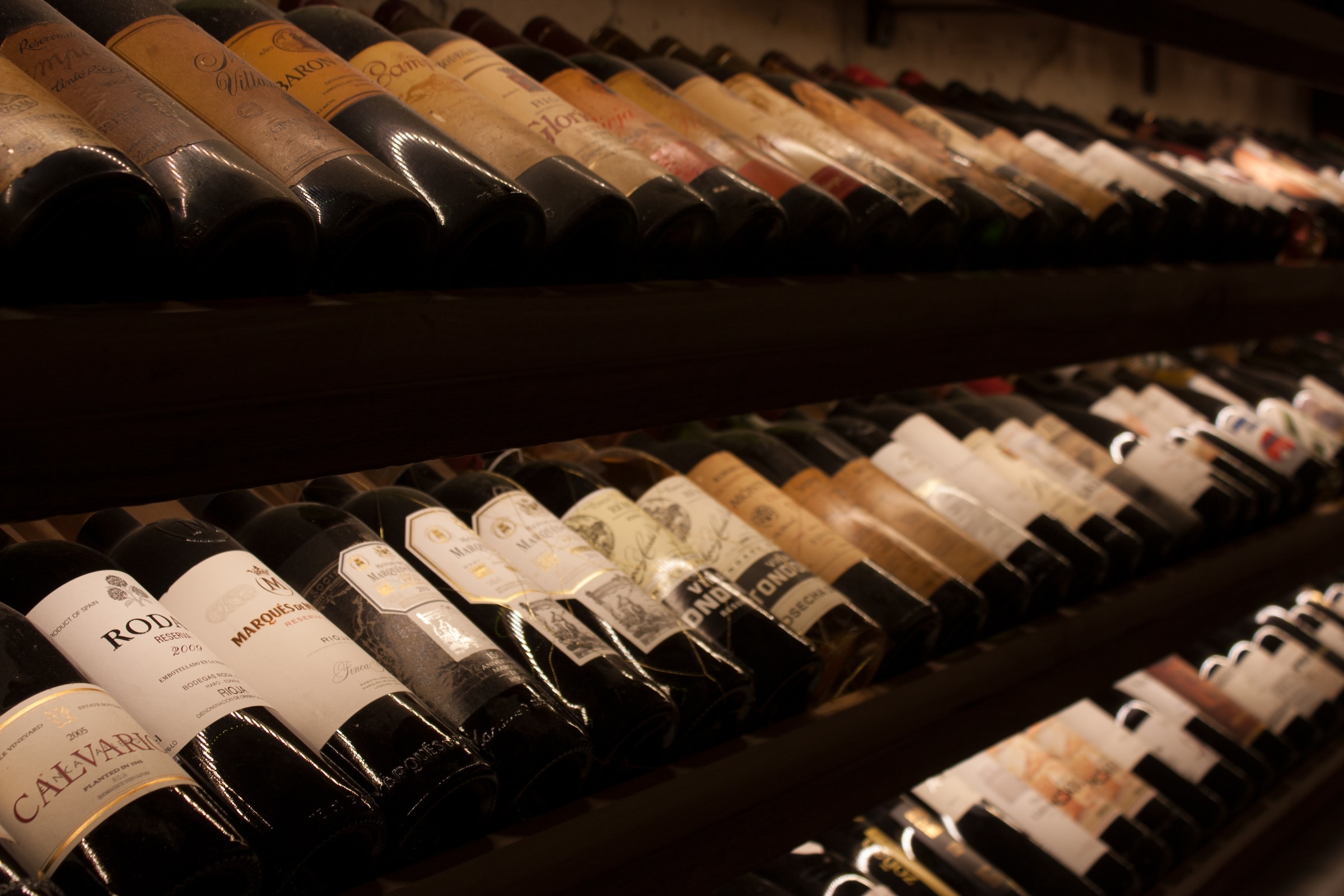
Italian wine is truly a thing of beauty. The whole of Italian culture is beautiful, to be sure, but it just isn’t a truly picturesque Italian fantasy without a gorgeous bottle of wine in the picture. There’s something so romantic, so luscious, so sexy, and rich about a perfect Italian wine, and it’s one of our very favorite indulgences. Unfortunately, the nuances of Italian wine are also incredibly complex, and understanding how these bottles are ranked and classified is a whole other – perhaps less sexy – artistic experience.
When perusing the aisles of your local wine store, you may see a few familiar Italian names peppering the shelves. Words like Sangiovese, Chianti, and Moscato d’Asti are all warm in their familiarity, filling us with images of the Italian countryside and romantic gondola rides. But then there are words that may fill you with confusion, letters like “DOCG” or “IGT” marked on the label, making your head spin with all of the possible hidden meanings behind such mysterious acronyms.
If you’re new to the art of Italian wine, or if you’ve been around for a while and have always wondered about these little letters, we’re here to explain these mysterious terms. Because while Denominazione di Origine Controllata e Garantita, Denominazione di Origine Controllata, Geografica Tipica, and Vino da Tavola may simply sound like sexy words, they actually represent the quality and ranking of the wine you’re about to buy. So the next time you find yourself confused in that aisle full of gorgeous, foreign wine bottles, let this guide be your roadmap to buying the best bottle you can find.
DOCG
Translated from Italian, Denominazione di Origine Controllata e Garantita (DOCG) means “controlled and guaranteed designation of origin” and is the highest classification of Italian wine, similar in status to that of “grand cru” in French wines. There are currently 77 designated DOCG wines in Italy that have passed the intense and vigorous requirements and regulations covering everything from grape type, harvest yields, aging requirements, specified region, alcohol content, and yield. To be awarded a DOCG classification, each wine must pass a strict technical analysis and government taste test. These special wines are so coveted that their bottles even contain a numbered government seal across the neck so as to prevent counterfeiting.
DOCG wines are held to the absolute highest Italian standards when it comes to winemaking and are therefore seen as the “best of the best.” Tuscany produces many famous and recognized DOCG wines, such as Brunello di Montalcino, Chianti Classico, and Vino Nobile di Montepulciano. Piedmont also boasts many famous DOCG wines, including Moscato d’Asti, Barolo, and Barbaresco.
DOC
More common (and affordable) than DOCG wines, Denominazione di Origine Controllata (DOC) wines are considered second only to DOC. Still held to incredibly high standards, DOC wines are tested and classified based on growing practices, grape variety, alcohol levels, geographical location, and many other factors. Though not held to the same level of quality as DOCG wines, the roughly 330 DOC wines are still wildly impressive and beautiful.
Unlike DOCG wines, DOCs can be made from larger areas of designated growing land and can, therefore, be comprised of different types of grape blends than DOCG, giving the winemakers more room for creativity.
IGT and VdT wines
Trailing behind the DOCG and DOC classifications are Indicazione Geografica Tipica (IGT) and Vino da Tavola (VdT), meaning “typical geographical indication” and “table wine,” respectively.
The regulations for these wines are far more lenient and allow for greater flexibility in winemaking. These wines are not guaranteed to be up to the same quality level as DOCG and DOG, but that doesn’t mean that they can’t be exquisite.
IGT
IGT wines are considered the third tier of rank in Italian wines. While they are produced within a designated specific geographical and must meet certain standards, they are not required to meet the strict regulations as those wines with a DOC or DOCG ranking.
VdT
Vino da Tavola (VdT) wine literally translates to “table wine,” which is essentially a polite way of saying that it is the lowest ranking. To think that all VdT wines are of bad quality, however, would be a mistake. There are plenty of absolutely magnificent VdT wines on the market. In fact, the lack of such strict rules and regulations allows for more possible delicious blending and winemaker creativity. While this, to be sure, can mean some cheaper tasting bottles, it can also mean new methods, a beautiful blending of foreign grapes, and the fusion of winemaking styles, which is often tremendously exciting.






